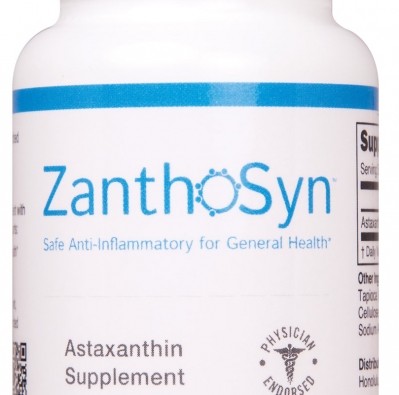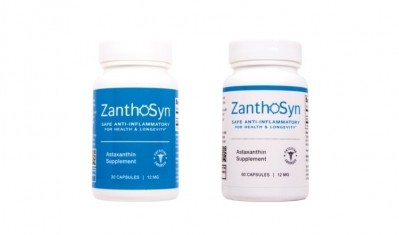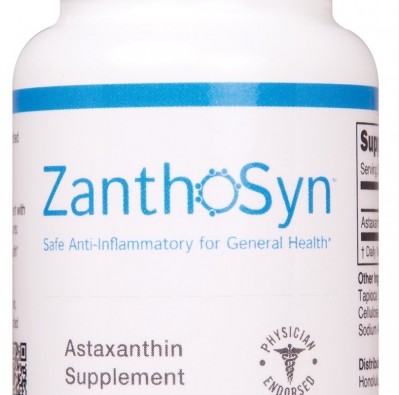Cardax puts synthetic astaxanthin finished product on market

The company, based in Honolulu, is billing the product as a “safe anti-inflammatory for general health.” The dietary supplement is based on Cardax’s proprietary synthetic astaxanthin molecule, which in several guises has been under development with series of supply partners for more than a decade. On it's website the company mentions potential benefits of the product in cardiovascular health, joint health and liver health.
GRAS path to market
The release of ZanthoSyn comes as a sensitive regulatory juncture; the recent release of the updated guidance on New Dietary Ingredients once again shined a spotlight on the question of bioidentical or synthesized ingredients, i.e. those ingredients made through a wholly chemical process to be identical to ingredients derived from nature. FDA has stated now on two occasions that bioidentical compounds do not qualify as dietary ingredients. But there is an alternative pathway for these ingredients to reach the market, and that is through a GRAS affirmation. The updated NDI draft guidance keeps this alternative pathway in place, and gives a bit more color about what dosages might be used in a dietary supplement when using a GRAS ingredient. Cardax CEO David Watumull said the form of astaxanthin utilized in ZanthoSyn has demonstrated excellent safety in peer-reviewed published studies and is designated as GRAS in accord with FDA regulations. Watumull said he’s confident that ZanthoSyn is on the right side of the rules.
“We have a very top notch regulatory consulting group that keeps us up to date with those things,” Watumull told NutraIngredients-USA.
The other controversy that swirls around synthesized astaxanthin is raised by the manufacturers of algae-derived ingredients, who extract the carotenoid from the species Haematococcus pluvialis. Those companies have formed NAXA, or the Natural Algae Astaxanthin Association to highlight the contrast between the two types of ingredients, which the organization says hinges on sterioisomer differences.
While not seeking to refute NAXA’s assertions in chapter and verse, Watumull said he believes ZanthoSyn has a significant upside. For one thing, the company claims better oral bioavailability for its molecule than for algal astaxanthin. The company previously claimed this via data derived from a monkey study; it now claims to have similar results in humans, though the data has yet to be published. The company claims 2.85 times more absorption (p = 0.013)—defined as the total amount of astaxanthin measured in the bloodstream over a 24-hour period following a single 24 mg dose, which is double the recommended daily dosage of 12 mg.
“We think it does have significant competitive advantages. We think the difference in oral bioavailability is one,” Watumull said.
Purity argument
Watumull also stressed what he believes to be another advantage, and that is purity. This argument has been made by the producers of other bioidentical ingredients, among them ChromaDex with its pTeroPure synthetic form of pterostilbene. The argument is that a chemical process, properly set up and controlled, will yield a product that conforms exactly to specifications every time. It’s astaxanthin only, with none of the additional trace compounds that might be left over from extraction or might come from what fell into the pond while the algae was growing.
“The synthetic nature of the molecule allows us to completely define what is in every capsule,” Watumull said.
That purity message will resonate with the medical community, Watumull believes. The finished product is for sale on the company’s website for $49.99 for a two month’s supply at a 12 mg/day dose.
“We believe that the product will be most attractive to the scientific and medical communities and we would look to promote our product in those venues,” Watumull said. “I think the astaxanthin market can be very large and there is room for people who have different philosophies.”










